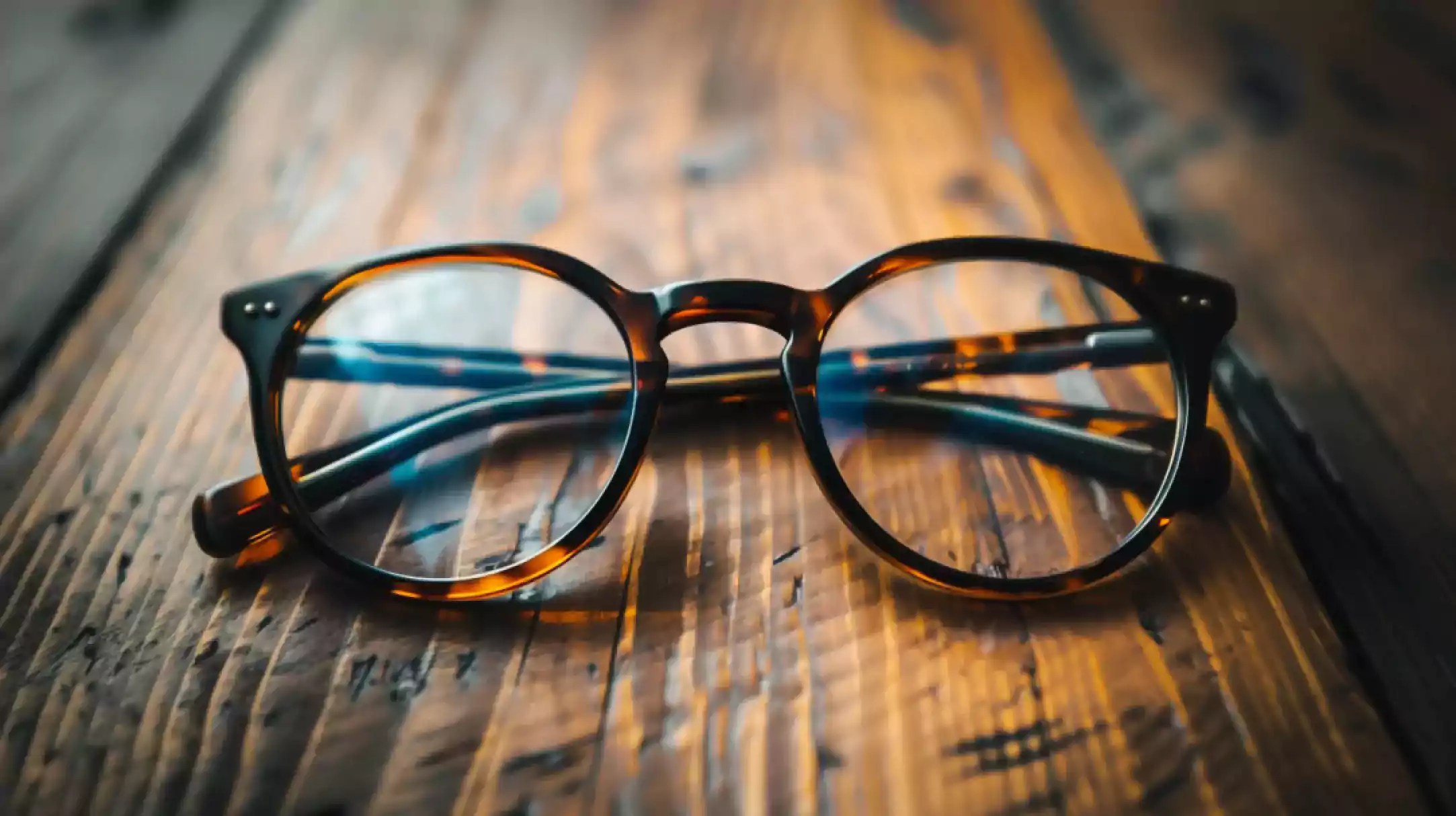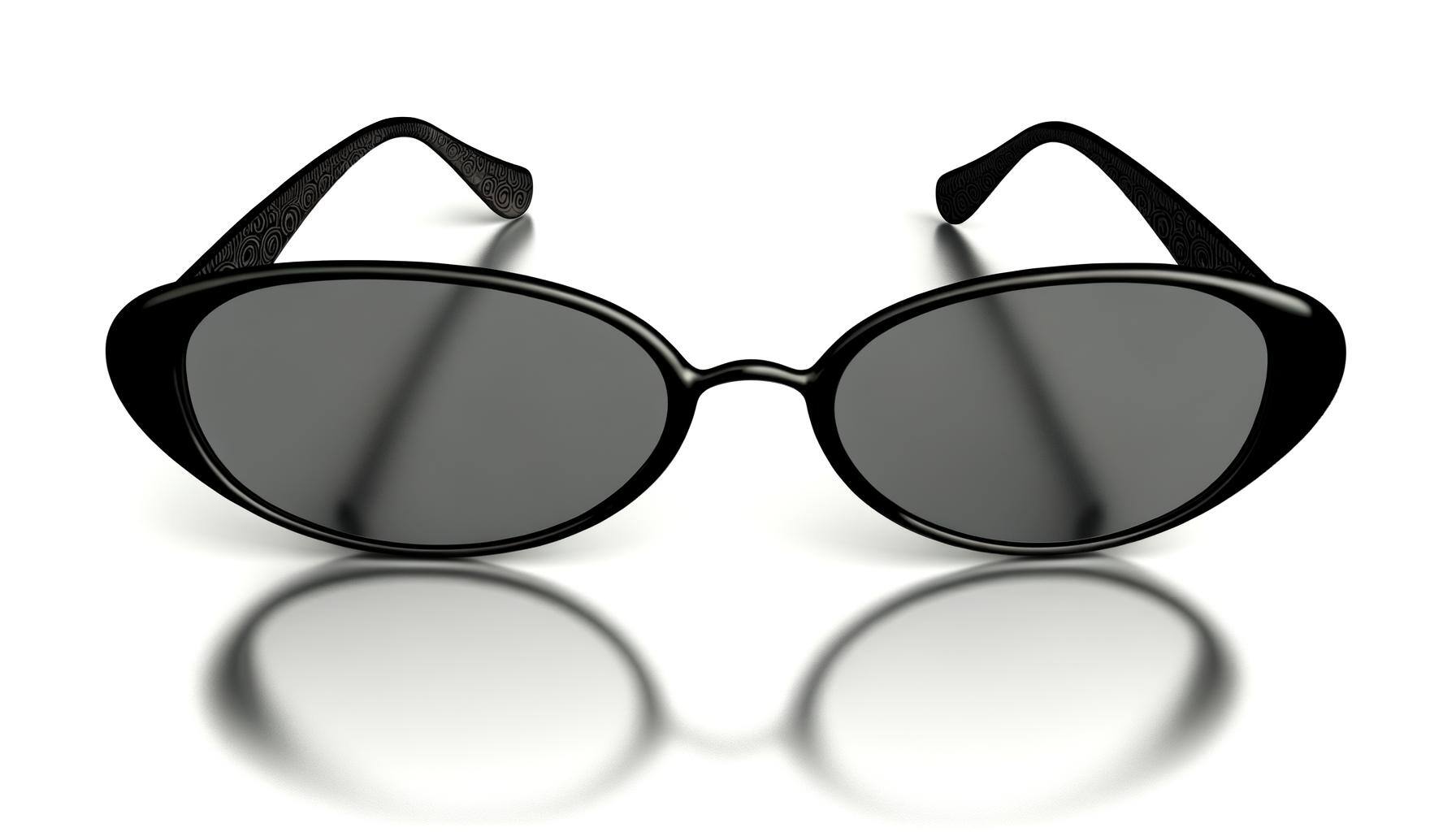The increasing concern for environmental sustainability is reshaping various industries, and the eyewear sector is no exception. As consumers become more eco-conscious, the demand for sustainable products, including glasses, is on the rise. The eyewear industry is responding by incorporating innovative materials and techniques to reduce its environmental footprint. It is important for companies to understand the various types of sustainable materials used in eyewear and highlight the pioneering brands leading this green revolution. By understanding these advancements, your brand can gain insights into sustainable practices that not only benefit the planet but also meet consumer expectations.
The Importance of Sustainable Eyewear
Sustainability in the eyewear industry is crucial due to the significant environmental impact of traditional manufacturing processes. Conventional glasses often use non-biodegradable plastics, contributing to pollution and waste. The production of these materials also generates a high carbon footprint, exacerbating climate change. Switching to sustainable alternatives offers numerous ecological and social benefits. Brands adopting eco-friendly practices can reduce landfill waste, lower greenhouse gas emissions, and conserve natural resources. Moreover, as consumers grow more aware of their environmental impact, they increasingly prefer brands that demonstrate a commitment to sustainability. Thus, eyewear brands must adapt to these changing consumer preferences and embrace sustainable materials and practices.
Types of Sustainable Materials Used in Eyewear
Recycled Materials
- Recycled PET: Eyewear frames made from recycled PET bottles significantly reduce plastic waste. This material is not only durable but also can be recycled multiple times, making it an excellent choice for sustainable eyewear.
- Recycled Nylon: Discarded fishnets, often a major ocean pollutant, are repurposed into sturdy and stylish eyewear frames. This process not only cleans up marine environments but also provides a robust material for glasses.
- Recycled LDPE: Commonly used in packaging, recycled LDPE reduces landfill waste by repurposing plastic that would otherwise be discarded. Its use in polybags for eyewear packaging is a step towards a circular economy.
Bio-Based Materials
- M49: This biodegradable plastic is made from renewable resources like wood pulp. M49 offers excellent workability, flexibility, and toughness, making it ideal for eco-friendly eyewear frames.
- G850 and G820: These bio-based plastics are derived from renewable resources and are designed for high-performance applications. They offer lightweight, transparency, and chemical resistance, making them suitable for premium eyewear.
- FSC Certified Paper: Sustainable packaging is essential for reducing the overall environmental impact of eyewear. FSC certified paper ensures responsible forest management, providing an eco-friendly alternative for packaging materials.
Innovations in Sustainable Eyewear Brands
1. WeFacePlant: Known for using recycled PET bottles
This brand is known for its innovative use of recycled PET bottles. Each frame removes five plastic bottles from the environment, transforming waste into durable, recyclable sunglasses. Consumers can even return the frames for further recycling, ensuring a sustainable lifecycle.
2. Eco Beach: Pioneers in integrating recycled nylon from fishnets
Leading the way with recycled nylon, Eco Beach uses discarded fishnets to create stylish and durable eyewear. Their collection, the largest in the UK, showcases the potential of transforming ocean waste into high-quality sunglasses.
3. Oscar Magnuson: Utilises M49 for biodegradable frames
Utilising M49 bio-acetate, Oscar Magnuson produces frames that are both environmentally sound and stylish. The material, sourced from FSC certified plantations, is biodegradable, combining aesthetic appeal with ecological responsibility.
4. Arkema: Focuses on bio-based plastics G850 and G820
Specialising in bio-based plastics, Arkema offers high-performance materials like Rilsan® Clear Rnew® G850 and G820. These plastics contain a significant percentage of bio-based carbon and are designed for high-end eyewear, providing excellent durability, flexibility, and chemical resistance.
The Strategic Benefits Sustainable Eyewear
The transition to sustainable eyewear is not only an environmental necessity but also a strategic business move. By adopting innovative materials like recycled PET, nylon, and bio-based plastics, eyewear brands can significantly reduce their ecological footprint. However, challenges such as cost, supply chain complexities, and consumer awareness remain. Looking ahead, advancements in material science and increased industry-wide adoption of eco-friendly practices will drive the future of sustainable eyewear. Brands that prioritise sustainability will not only meet consumer demand but also contribute to a greener, more sustainable future.


.png)



.jpg)



